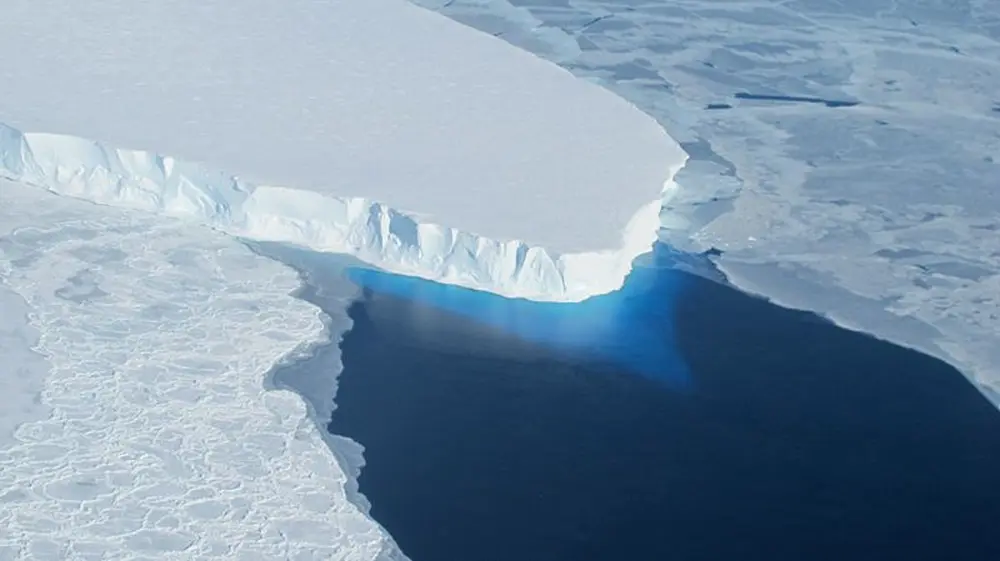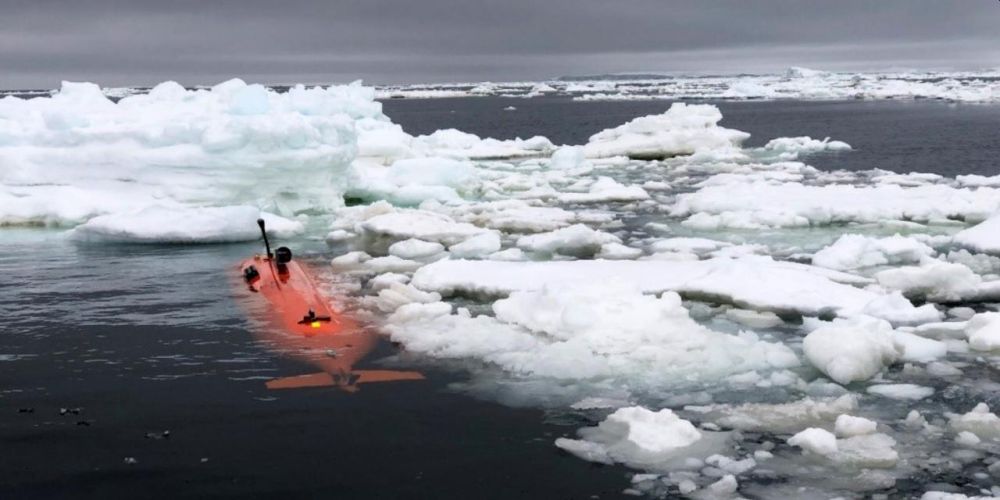Antarctica’s Thwaites Glacier to Collapse Within Five Years, Say Scientists
With rapid melting and increased fracturing, the ice sheet will soon collapse and could pose the biggest sea-level rise threat this century
Earlier this year, a study indicated that Thwaites Glacier, also known as the Doomsday Glacier, was melting faster than anticipated. This gigantic ice shelf in West Antarctica has been affected extremely by global warming. Scientists employed a robotic submarine below the ice shelf to determine the pace of melting and to anticipate a complete collapse. Now, another study has painted a bleak future, saying that Thwaites Glacier could collapse within five years.
An international research team has discovered that this ice shelf will likely crumple down within the next five years, which will cause the destabilization of the West Antarctica ice sheet to speed up. The ice shelf has been bearing the brunt of climate change for some time and it has caused more fracturing, more melting and raised the threat of collapse.

Image: Wiki Commons
The glacier is the size of Britain and adds four percent to the annual global sea-level rise. If it does break down, global sea levels would grow by several feet, which will ultimately put millions of people living in coastal cities in danger of extreme flooding.
Ted Scambos, a senior research scientist at the Cooperative Institute for Research in Environmental Sciences (CIRES), said;
Thwaites is the widest glacier in the world. It’s doubled its outflow speed within the last 30 years, and the glacier in its entirety holds enough water to raise sea level by over two feet. And it could lead to even more sea-level rise, up to 10 feet, if it draws the surrounding glaciers with it.
Scambos is the US lead coordinator for The International Thwaites Glacier Collaboration (ITGC), which a team of nearly 100 scientists founded by the US National Science Foundation and UK Natural Environment Research Council, has been dedicatedly studying the susceptible glacier. The glacier flows across a 120 km stretch of frozen coastline. A third of the glacier flows more slowly than the rest.
It is braced by a floating ice shelf, a floating extension of the glacier held in place by a submerged peak. The ice sheet acts like a brace that prevents the faster flow of the upstream ice. However, Erin Petitt, an associate professor at Oregon State University, said that the brace of ice showing Thwaites won’t last for long.

Image: Filip Stedt
Warmer ocean water flowing under the floating eastern side is making the glacier more vulnerable. It is melting the ice from beneath and causes the glacier to lose its hold on the underwater mountain. Owing to these changes, the glacier has sustained massive fractures that are increasing in size and number, furthering the melting.
The team studied the data collected by the remote-controlled underwater robot, which described the grounding zone as chaotic with warm water, rugged ice and a sloping bottom that allows the water to melt rapidly from below.
Scambos further added;
If Thwaites were to collapse, it would drag most of West Antarctica’s ice with it. So it’s critical to get a clearer picture of how the glacier will behave over the next 100 years.
Meanwhile, the Arctic is facing a double threat from melting ice and increasing garbage debris. Global warming and climate change have caused a drastic change in the Arctic Circle, which has put the wildlife there, in extreme danger.


